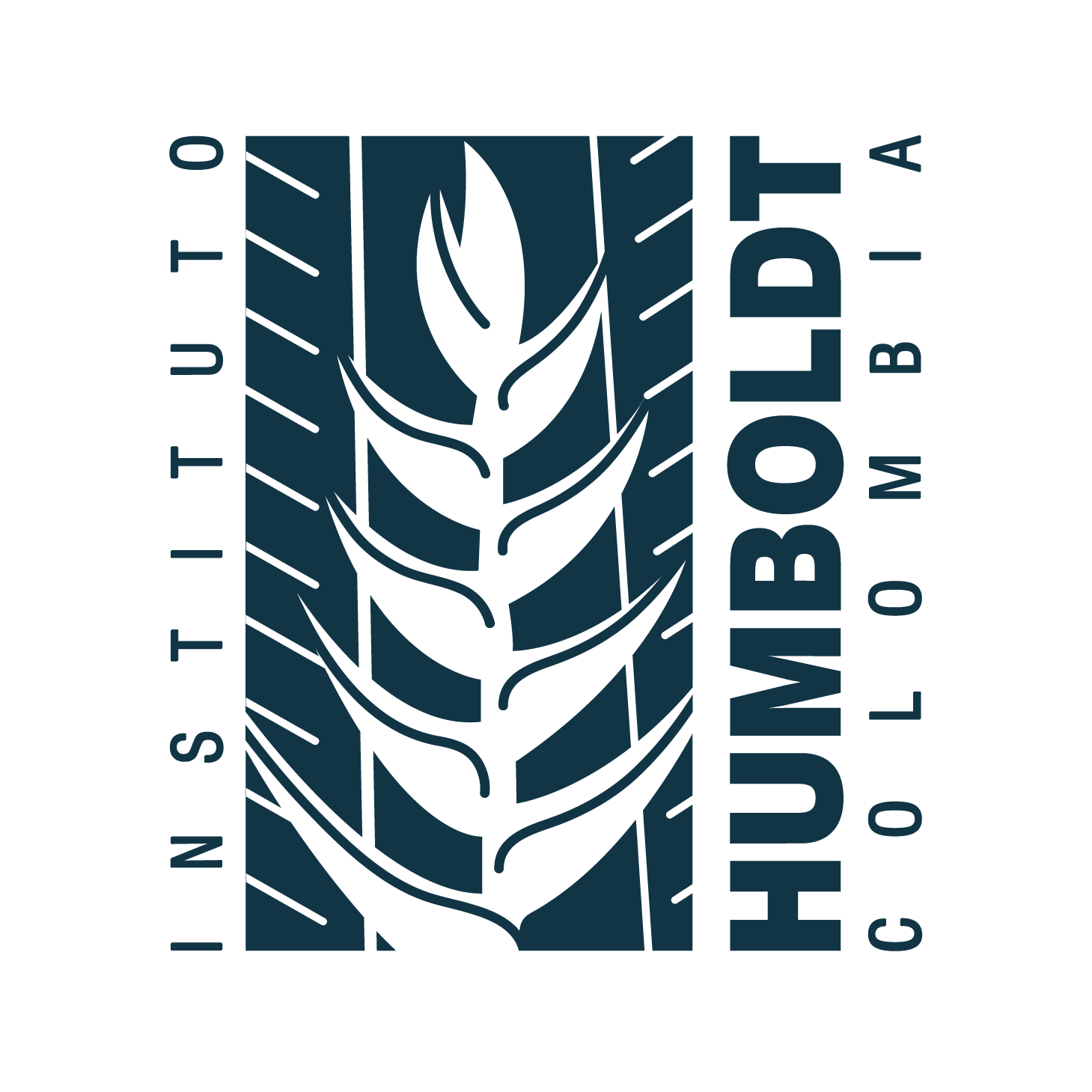Publicación: Waterbirds of the lower basin of the Sinú River, Colombian Caribbean
| dc.creator | Ruiz-Guerra, Carlos | |
| dc.creator | Cifuentes-Sarmiento, Yanira | |
| dc.date | 2021-07-01 | |
| dc.date.accessioned | 2024-05-27T17:12:35Z | |
| dc.date.available | 2024-05-27T17:12:35Z | |
| dc.description | We studied the waterbirds occurring at the lower basin of the Sinú River, in the Colombian Caribbean, from 2009 to 2016. We established three sampling stations in the five main landscape units of the lower Sinú: beaches, mangrove forests, salt flats, brackish marshes and freshwater wetlands. The abundance, richness and diversity of waterbirds were assessed in every station twice yearly. We recorded 107 species of waterbirds, including 14 new species records for that site. Freshwater wetlands held the highest species richness and abundance of waterbirds in the basin, whereas the brackish marshes contained the highest diversity. Wading birds were the functional group with the largest concentrations of individuals. This study confirms the importance of the lower basin of the Sinú River for birds in the Caribbean coast of Colombia, as its wetlands hold feeding and breeding sites for five threatened waterbirds species. | en-US |
| dc.description | Estudiamos la avifauna acuática del bajo Sinú, en el Caribe colombiano, entre 2009 y 2016. Se establecieron tres estaciones de muestreo por cada una de las cinco principales unidades de paisaje: playas, manglares, salitrales, humedales salobres y humedales dulceacuícolas. En cada una de las estaciones se evaluaron la abundancia, riqueza y diversidad de aves acuáticas, mediante censos semestrales. Se registraron 107 especies de aves acuáticas, de las cuales 14 corresponden a nuevos registros para el bajo Sinú. Los humedales dulceacuícolas albergaron la mayor riqueza y abundancia de aves acuáticas, mientras que los humedales salobres presentaron la mayor diversidad. De lo siete grupos funcionales de aves acuáticas, las vadeadoras presentaron las mayores concentraciones de individuos. Este estudio ratifica la importancia del bajo Sinú para la conservación de las aves del Caribe colombiano, pues los humedales de esta ecorregión ofrecen áreas de alimentación y de reproducción para cinco especies amenazadas. | es-ES |
| dc.format | text/html | |
| dc.format | application/pdf | |
| dc.format | text/xml | |
| dc.identifier | https://revistas.humboldt.org.co/index.php/biota/article/view/902 | |
| dc.identifier | 10.21068/c2021.v22n02a05 | |
| dc.identifier.uri | https://hdl.handle.net/20.500.11761/36859 | |
| dc.language | spa | |
| dc.publisher | Instituto de Investigación de Recursos Biológicos Alexander Von Humboldt | es-ES |
| dc.relation | https://revistas.humboldt.org.co/index.php/biota/article/view/902/1009 | |
| dc.relation | https://revistas.humboldt.org.co/index.php/biota/article/view/902/1018 | |
| dc.relation | https://revistas.humboldt.org.co/index.php/biota/article/view/902/1039 | |
| dc.rights | Derechos de autor 2021 Instituto de Investigación de Recursos Biológicos Alexander Von Humboldt | es-ES |
| dc.rights | https://creativecommons.org/licenses/by-nc-nd/4.0 | es-ES |
| dc.source | Biota Colombiana; Vol. 22 No. 2 (2021); 88-107 | en-US |
| dc.source | Biota Colombiana; Vol. 22 Núm. 2 (2021); 88-107 | es-ES |
| dc.source | 2539-200X | |
| dc.source | 0124-5376 | |
| dc.subject | Avifauna | es-ES |
| dc.subject | Estuario | es-ES |
| dc.subject | Humedales | es-ES |
| dc.subject | Manglar | es-ES |
| dc.subject | Avifauna | en-US |
| dc.subject | Estuary | en-US |
| dc.subject | Mangrove | en-US |
| dc.subject | Wetlands | en-US |
| dc.title | Waterbirds of the lower basin of the Sinú River, Colombian Caribbean | en-US |
| dc.title | Aves acuáticas de la cuenca baja del río Sinú, Córdoba, Caribe Colombiano | es-ES |
| dc.type | info:eu-repo/semantics/article | |
| dc.type | info:eu-repo/semantics/publishedVersion | |
| dc.type | Artículo evaluado por pares | es-ES |
| dc.type | Investigación descriptiva | es-ES |
| dspace.entity.type | Publication |

